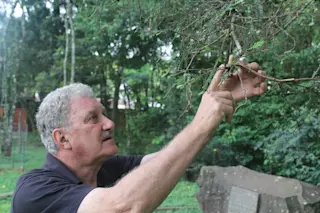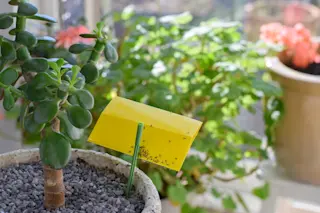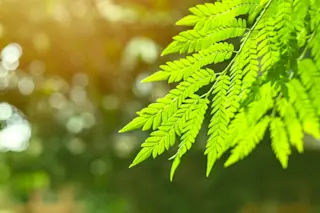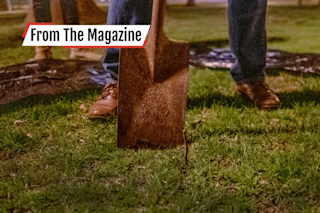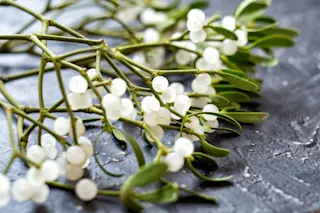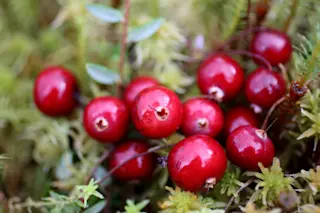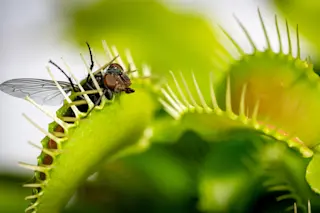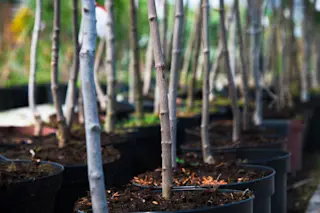Vilso Cembranel tends to the moon tree he saved from the brink of death. (Credit: Andrew Jenner) On a warm, windy August day in 1981, a crowd gathered at the fairgrounds in Santa Rosa for the final event of the soybean fair that’s held every other year in the small city in southern Brazil. Schools had let out so local students could attend, along with curious fairgoers and a collection of bigwigs whose rank rose all the way up to João Figueiredo, then the president of Brazil. Speeches were made, the national anthem played, and then, around 1 p.m., a small tree was planted to symbolize a new ecological consciousness that was stirring in the heart of Brazilian farm country. “The moment the tree was planted, all the city’s church bells started ringing,” recalls Nilso Guidolin, president of the 1981 soybean fair. “It was a joyful moment.” And it was ...
Brazil's Moon Tree Warrior
Discover the remarkable journey of the moon tree, a California redwood with roots tracing back to the Apollo 14 mission.
More on Discover
Stay Curious
SubscribeTo The Magazine
Save up to 40% off the cover price when you subscribe to Discover magazine.
Subscribe

